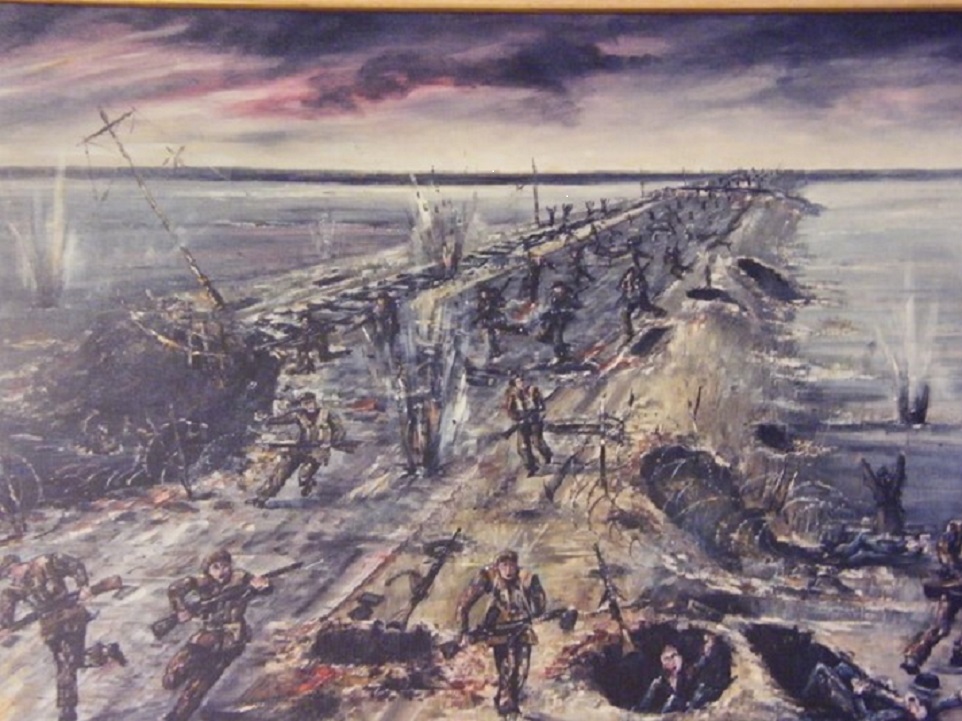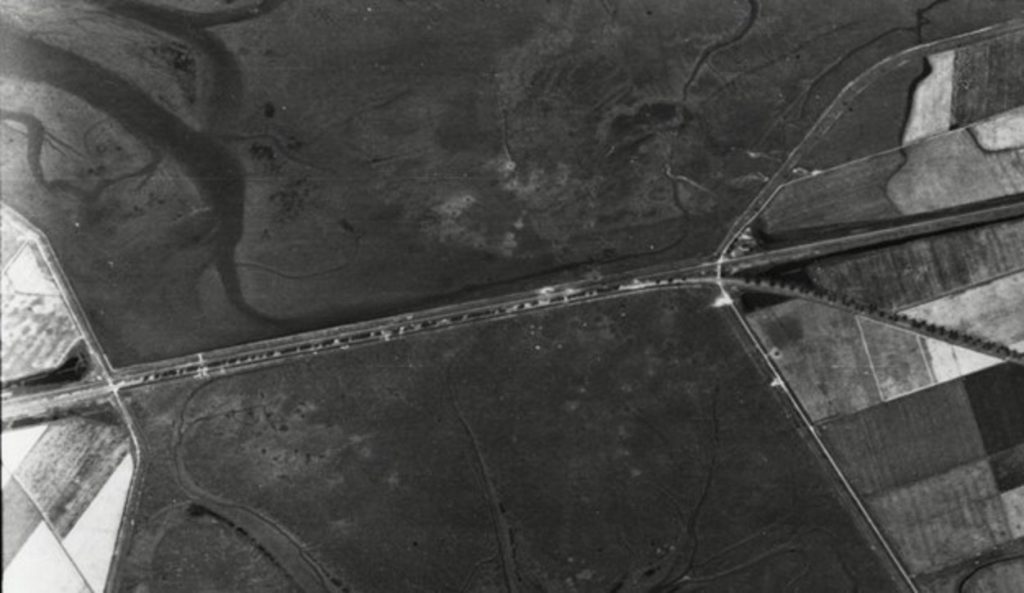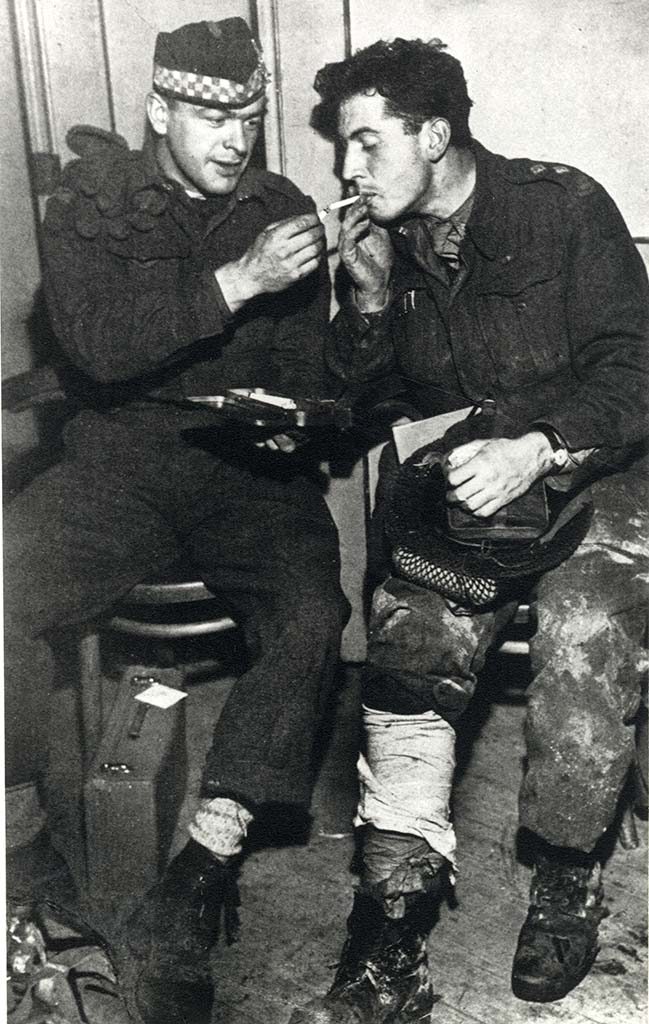- Monument/Memorial
- Postweg, 4341 Arnemuiden, Pays-Bas
Lors de la Seconde Guerre mondiale, le Sloedam était le seul lien entre l’ancienne île de Walcheren et la péninsule de Zuid-Beveland. Ce barrage de 1 200 mètres de long et d’à peine 45 mètres de large était alors d’une importance stratégique capitale, et les Allemands le défendaient énergiquement.
By 31 October 1944 almost all the land surrounding the Scheldt estuary had been cleared of German control. Only the German coastal batteries on the island of Walcheren prevented the Allies from making use of the port facilities of Antwerp.
Walcheren was connected to the South-Beveland peninsula by the strategic Sloedam.
The causeway of the Sloedam became the scene of heavy fighting. The liberation of the island of Walcheren started over land with an attack of the 2nd Canadian Infantry Division on the German defenders of the causeway on 31 October 1944. The Black Watch of Canada, The Calgary Highlanders and Le Régiment de Maisonneuve of the 5th Canadian Infantry Brigade successively carried out four frontal attacks. The first bridgehead taken on the Walcheren end of the causeway could only be held for a few hours. The Allied forces had to pull back.
To support the stalled offensive, it was decided to surprise the German units on the Walcheren side by means of a night attack from the small harbour of Zuid-Kraaijert near Nieuwdorp. During the night of 2 and 3 November Scottish soldiers of the 6th Battalion The Cameronians, crossed the waters and the mud slabs of the Sloe, two kilometres south of the causeway. This secret attack, codenamed Operation Mallard, was successful. The Germans did not expect this outflanking movement and had to withdraw. On the causeway the 2nd Canadian Infantry Division was able to gain ground. On 3 November in the afternoon the causeway finally fell into Allied hands.



